Japanese / English
Full-Parallax Holographic 3D printer
Introduction
3-D imaging systems are currently used in many fields, and the output devices for 3-D images are demanded. As the output for 3-D imaging systems, both softcopy and hardcopy are required; in the softcopy such as CRT monitor, the 3-D image can be interactively rotated to understand the shape. In the hardcopy, on the contrary to softcopy, because the image cannot be interactively manipulated, 3-D representation is especially important. Holography is one of the promising technology for the hardcopy of 3-D images, since high-quality 3-D images can be printed on a sheet.
Holographic 3D printer (holoprinter) [1] is currently under development for automatic recording of full-parallax (FP) holographic stereograms (HS’s), which reproduce realistic autostereoscopic images from 3D digital data.
Fig.1 shows the concept of holoprinter. The features of the proposed holoprinter system are;
1) Holograms can be printed by compact optical system.
2) Distortion-free image with both horizontal and vertical parallax (namely, Full-parallax)
3) Hologram can be automatically printed from 3-D digital data
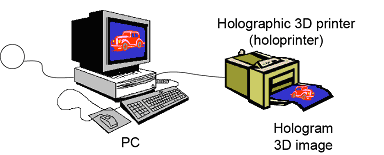
Fig.1 The concept of holographic 3D printer
Full-parallax holographic stereogram
Holography is a technology that record and reproduce the light wavefront, but in FP HS, the light-rays from an object are recorded as 2D array of small elementary holograms as shown in fig.2. The intensities and colors of the light-rays are reproduced as if there exists a 3D object, so that observers can see a realistic 3D image.
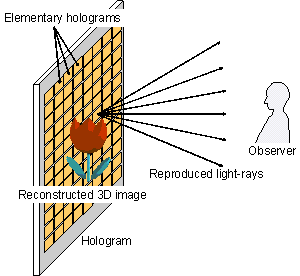
Fig.2 Light-ray reproduction in FP HS recorded by holoprinter
Fig.3 shows the outline of the optical system for FP HS recording. An image calculated from 3-D object data is displayed on the LCD (liquid crystal display) panel, and recorded as a small square-shaped elementary hologram of 100mm~400 mm square on a high-resolution photographic medium.
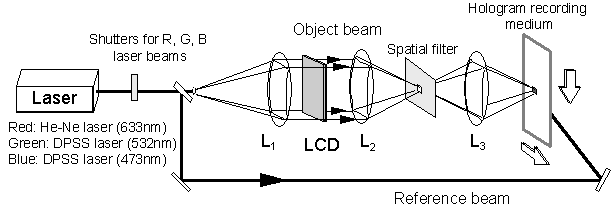
Fig.3 Schematic illustration of the optical system for FP HS recording
The image for exposure is calculated by ray-projection as shown in fig.4, and displayed on the LCD panel for an exposure. After the exposure of an elementary hologram, the hologram medium is moved horizontally or vertically to expose next elementary hologram, so that whole hologram surface is exposed as shown in fig.2.
The light-rays traveling to all directions are recorded in the FP HS, for example, 100×100 directions, i.e., an image in 100×100 pixels is recorded in each elementary hologram. The HS is a volume-reflection hologram, which can display FP 3-D image under white light illumination.
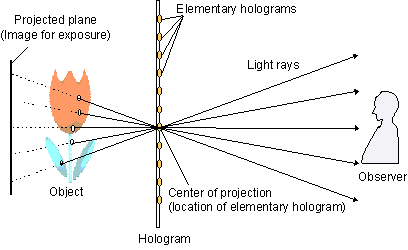
Fig.4 Geometry for calculating the image for exposures based on ray-tracing
Experiments
To demonstrate that a desktop holoprinter device can be feasible, a prototype system was developed on 1995 as shown in Fig.5. The system size is 840mmx500mmx450mm, including a He-Ne laser of 632.8nm, an LCD panel, and an automatic film transporting apparatus. Fig.6 shows an example of the printed hologram.
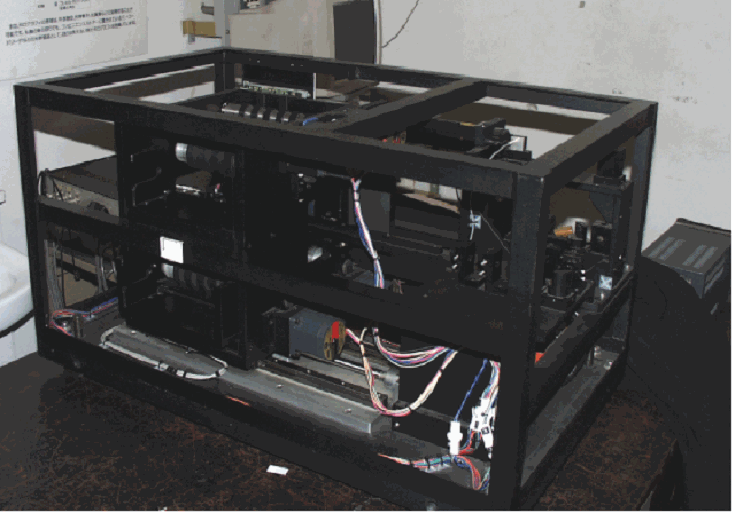
Fig.5 A prototype holoprinter
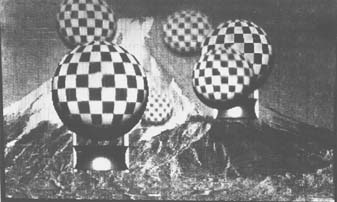
Fig.6 Example of the reconstructed image of the hologram printed by prototype holoprinter
For printing full-color 3D image, three lasers of red, green, and blue are used. The reconstructed images of the printed holograms are shown in fig.7.
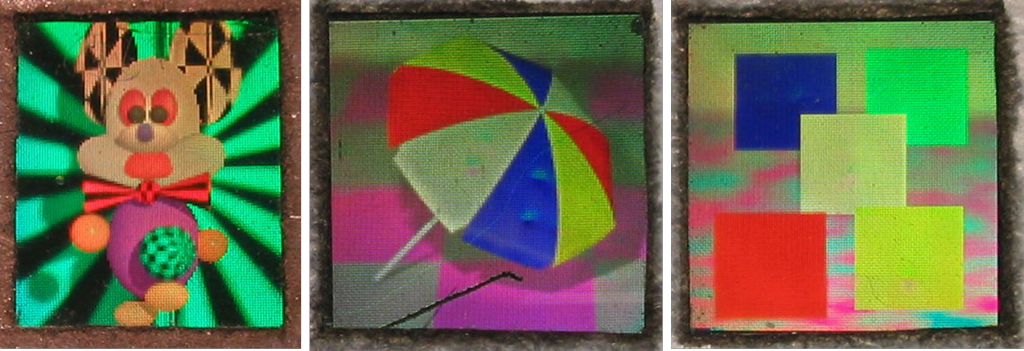
Fig.7 Reconstracted images
Full-parallax 3D image scanning
For recording FP HS of real object, FP 3D image scanning system, as shown in fig.8, is also being developed.
In the system, a vertical camera array is scanned horizontally, and the vertical parallax information is interpolated from the captured data. This allows small-scale system that can be controlled by a single PC, for collecting high-resolution FP 3D images of still object. The angular dependent characteristics of 3D object, i.e., specular or glossy surfaces, can be reproduced from captured images thanks to the application of IBR technique and high-resolution parallax data especially in horizontal direction.
Realistic hardcopy 3D display is possible in FP HS from real objects.
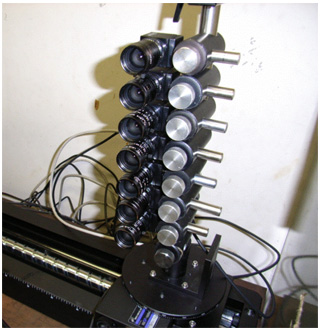
Fig.8 Scanning vertical camera array for capturing full-parallax 3D images
This reseach is a joint work with Toppan Printing Co.,Ltd.
Publications
- S. Maruyama, Y. Ono, M. Yamaguchi, “High-density recording of full-color full-parallax holographic stereogram,”Practical Holography XXII: Materials and Applications, Proc. SPIE, 6912, 69120N-1-10 (2008)
- M. Yamaguchi, H. Higuchi, R. Kojima, and S. Maruyama, “Evaluation of Light-Ray Reproducibility in Full-Parallax Holographic Stereogram,” in Digital Holography and Three-Dimensional Imaging, OSA Topical Meetings on CD-ROM, OSA Technical Digest, paper DTuA4.(2007)
- M. Takano, H. Shigeta, T. Nishihara, M. Yamaguchi, S. Takahashi, N. Ohyama, A. Kobayashi, and F. Iwata, “Full-color holographic 3D printer,” Proc. SPIE, 5005 (2003) 126-136
- M. Yamaguchi, H. Endoh, T. Koyama, and N. Ohyama, “High-speed recording of full-parallax holographic stereograms by parallel exposure system,” Opt. Eng., 35, No.6, 1556-1559 (1996)
- M. Yamaguchi, T. Koyama, H. Endoh, N. Ohyama, S. Takahashi, and F. Iwata, “Development of a prototype full-parallax holoprinter,” Practical Holography IX, Proc. SPIE, 2406 (1995) 50-56
- M. Yamaguchi, T. Koyama, N. Ohyama, T. Honda, “A stereographic display using reflection holographic screen,” Optical Review 1, No.2, (1994) 191-194
- M. Yamaguchi, T. Honda, N. Ohyama, J. Ishikawa, “Multidot recording of rainbow and multicolor holographic stereograms,” Opt. Commun. 110, (1994) 523-528
- M. Yamaguchi, H. Endoh, T. Honda, N. Ohyama, “High-quality recording of a full-parallax holographic stereogram with a digital diffuser,” Opt. Lett. 19, No.2 (1994) 135-137
- M. Yamaguchi, H. Endoh, T. Honda and N. Ohyama, “Recording of high-quality 3D images by holoprinter,” O. V. Angelsky ed., Holography, Correlation Optics, and Recording Matereials, Proc. Soc. Photo-Opt. Instrum. Eng. 2108, (1993) 214-219 (Invited)
- M. Yamaguchi, H. Hoshino, T. Honda, and N. Ohyama, “Phase added stereogram: calculation of hologram using computer graphics technique,” Practical Holography VII, S. A. Benton ed., Proc. Soc. Photo-Opt. Instrum. Eng. 1914, (1993) 25-31
- M. Yamaguchi, H. Sugiura, T. Honda, and N. Ohyama, “Automatic recording method for holographic three-dimensional animation,” J. Opt. Soc. Am. A 9, No.7, (1992) 1200-1205
- M. Yamaguchi, N. Ohyama, and T. Honda, “Holographic three-dimensional printer: new method,” Appl. Opt. 31, (1992) 217-222
- M. Yamaguchi, H. Enomoto, T. Honda, N. Ohyama, “High quality recording method for full-color holographic 3D printer,” Proceedings of the 12th International Display Research Conference, Japan Display ’92, Hiroshima, Japan, (1992) 319-322
- M. Yamaguchi, N. Ohyama, and T. Honda, “Holographic 3-D printer,” Practical Holography IV, S. A. Benton ed., Proc. Soc. Photo-Opt. Instrum. Eng. 1212, (1990) 84-92
